Freud, Sigmund
Back
![Freud c. 1921[1] (Source: Wikimedia) Freud c. 1921[1] (Source: Wikimedia)](https://zoomviewer.toolforge.org/fcgi-bin/iipsrv.fcgi/?iiif=cache%2F36c7ec6e9907195b622db0158c65bae7.tif/full/,340/0/native.jpg)
Image source
Wikimedia
https://en.wikipedia.org/wiki/File:Sigmund_Freud,_by_Max_Halberstadt_(cropped).jpg
Basic data
-
May 6, 1856 in Freiberg (Mähren)
-
†September 23, 1939 in London
-
Neurologe, Psychoanalytiker
-
Wien, London
Documents
Biographical information from the WeGA
No biographical data found
Biography not available due to one of the following causes:
- Data will be added at a later stage
- Research of the WeGA was without success so far
- It is a well known person where enough information is available online elsewhere, see e.g Wikipedia
![Freud c. 1921[1] (Source: Wikimedia) Freud c. 1921[1] (Source: Wikimedia)](https://upload.wikimedia.org/wikipedia/commons/thumb/3/36/Sigmund_Freud%2C_by_Max_Halberstadt_%28cropped%29.jpg/220px-Sigmund_Freud%2C_by_Max_Halberstadt_%28cropped%29.jpg)

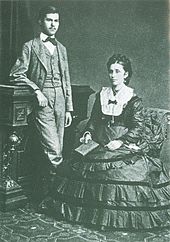

![André Brouillet's A Clinical Lesson at the Salpêtrière (1887) depicting a Charcot demonstration. Freud had a lithograph of this painting placed over the couch in his consulting rooms.[59] (Source: Wikimedia) André Brouillet's A Clinical Lesson at the Salpêtrière (1887) depicting a Charcot demonstration. Freud had a lithograph of this painting placed over the couch in his consulting rooms.[59] (Source: Wikimedia)](https://upload.wikimedia.org/wikipedia/commons/thumb/6/67/Une_le%C3%A7on_clinique_%C3%A0_la_Salp%C3%AAtri%C3%A8re.jpg/220px-Une_le%C3%A7on_clinique_%C3%A0_la_Salp%C3%AAtri%C3%A8re.jpg)

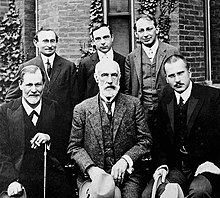


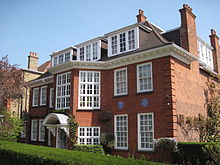




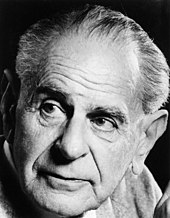
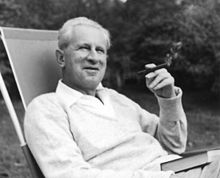
![Betty Friedan criticizes Freud's view of women in her 1963 book The Feminine Mystique.[255] (Source: Wikimedia) Betty Friedan criticizes Freud's view of women in her 1963 book The Feminine Mystique.[255] (Source: Wikimedia)](https://upload.wikimedia.org/wikipedia/commons/thumb/f/fd/Betty_Friedan_1960.jpg/170px-Betty_Friedan_1960.jpg)





